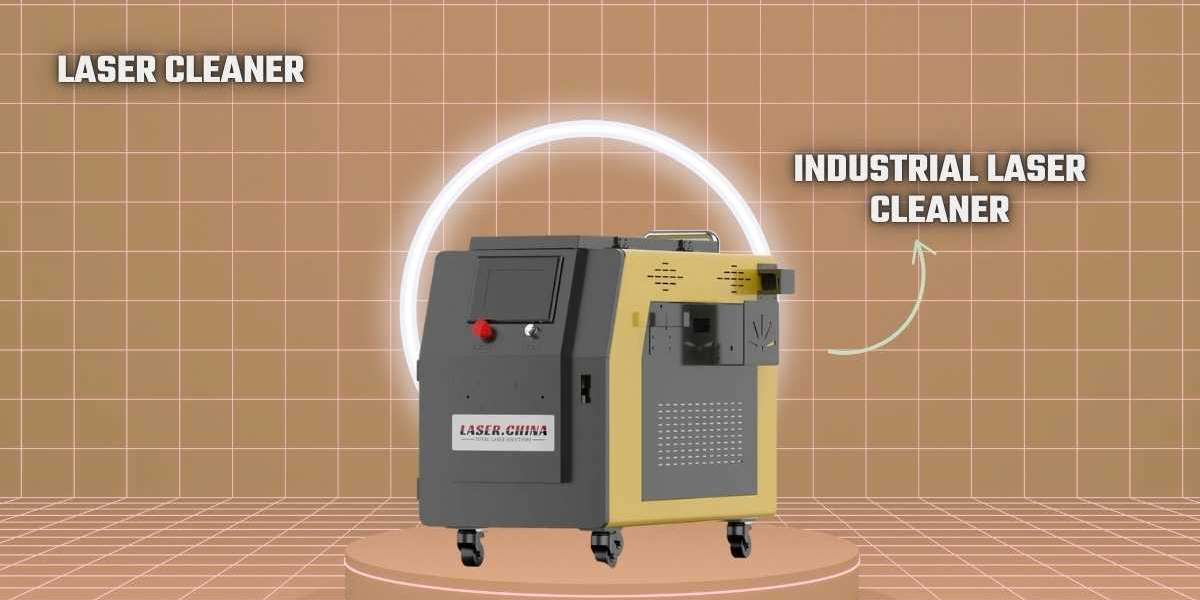Wood laser cleaners are advanced tools that use laser technology to precisely and efficiently remove unwanted substances—such as paint, coatings, varnish, mold, and pollutants—from wood surfaces. This technology has brought significant advantages to industries that rely on wood restoration, maintenance, and production. The precision and eco-friendly nature of laser cleaning make it particularly useful in applications ranging from historical preservation to high-quality furniture production and architectural restoration.
1. Applications in Wood Restoration and Historical Preservation
One of the most important applications of wood laser cleaners is in the field of historical preservation. In museums and restoration workshops, wood laser cleaners are used to clean antique furniture, sculptures, and decorative wooden elements that may have accumulated layers of dust, dirt, mold, and sometimes previous restorations that need to be removed. Unlike abrasive or chemical cleaning methods, laser cleaning does not physically contact the surface or introduce chemicals that could damage delicate historical artifacts. Laser cleaning enables precise control over the removal process, allowing conservators to carefully clean artifacts without altering or harming the original wood. This precision is invaluable for restoring fine details on artifacts while preserving the wood’s natural characteristics.
2. Advantages in Furniture and Woodworking Industries
In the furniture and woodworking industries, laser cleaning has revolutionized surface preparation processes. Wooden surfaces often require cleaning before refinishing, painting, or varnishing. Traditional cleaning methods, such as sanding or using solvents, can be labor-intensive, time-consuming, and generate significant dust or waste. Wood laser cleaners offer a more efficient, clean, and cost-effective alternative, enabling manufacturers to prepare surfaces with minimal manual labor and environmental impact. Laser cleaning allows woodworkers to remove old varnishes, stains, or coatings uniformly, ensuring a high-quality finish when refinishing or repurposing wood for new projects.
3. Architectural Restoration and Maintenance
Architectural restoration is another field that benefits greatly from wood laser cleaners. In many historical buildings, wooden structural elements, fixtures, and decorative features like beams, doors, and moldings require restoration to maintain their aesthetic and structural integrity. Wood laser cleaners can remove dirt, smoke stains, graffiti, or pollution residues from wood without damaging its surface or structural integrity. This is especially valuable in architectural restoration, where preserving original materials is essential to maintaining the historical authenticity of the building. Additionally, laser cleaning allows precise spot-cleaning, meaning specific areas can be targeted without affecting surrounding areas.
Advantages of Using a Wood Laser Cleaner
The primary advantage of wood laser cleaners is their non-contact, non-abrasive process, which minimizes damage to the wood and prevents wear and tear on the substrate. Unlike mechanical cleaning that involves sanding or scraping, laser cleaning vaporizes unwanted surface materials without physically impacting the wood, leaving it intact and ready for treatment.
Another significant advantage is the environmentally friendly nature of laser cleaning. Since it does not require chemicals or generate dust, laser cleaning is a more sustainable alternative to conventional methods that produce waste and harmful emissions. This eco-friendly feature aligns well with the increasing emphasis on sustainable practices in many industries, from furniture production to historical restoration.
Additionally, wood laser cleaners offer precision and control, allowing operators to adjust the laser’s power and wavelength to suit the type of material and the cleaning depth required. This level of control is critical when working with intricate or delicate woodwork, where excessive cleaning can damage fine details or remove too much material. Laser cleaning allows operators to remove specific layers without affecting the underlying surface, which is ideal for applications that require delicate handling, such as cleaning fine furniture or historical artifacts.
Finally, wood laser cleaners bring a cost-effective solution in terms of labor and maintenance. Once installed, laser cleaners require minimal upkeep, as they do not rely on consumable materials like chemicals or abrasive media. The machines are also fast and efficient, reducing the time and labor needed to clean large surfaces or multiple pieces. This makes laser cleaning a valuable tool for both small and large-scale operations, providing a high return on investment through reduced labor costs and increased operational efficiency.
In summary, wood laser cleaners are valuable assets for industries focused on restoration, woodworking, and architectural maintenance, offering precision, sustainability, and cost-effectiveness. Their ability to clean wood surfaces without physical contact or chemical use makes them ideal for applications that prioritize preservation and environmental consciousness, and their versatility benefits diverse industries focused on quality and efficiency.














